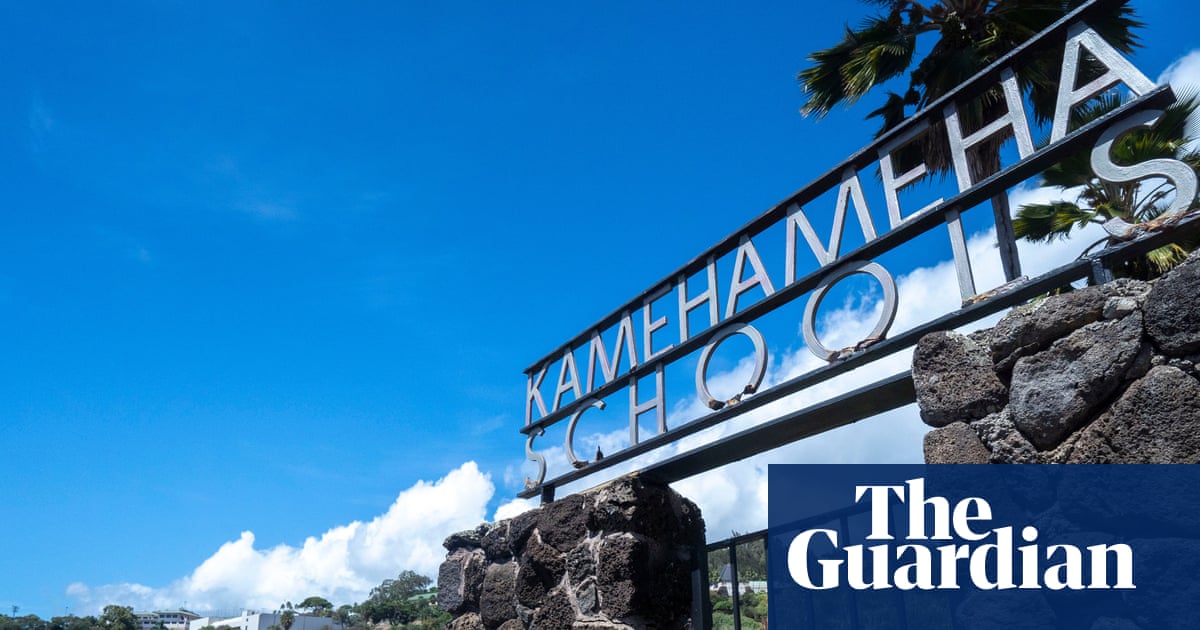
"The Kamehameha schools were established in the will of Bernice Pauahi Bishop, the great-granddaughter of Kamehameha I and the last royal descendant in the Kamehameha line. At the time of her death in 1884, the princess's estate held about 9% of the island chain's total acreage. Her will established the Kamehameha schools using those lands and property to endow them. Today, the system encompasses three campuses for K-12 education and 30 preschools that focus on Hawaiian culture-based education."
"The schools educate about 5,400 students and have an endowment of about $15bn, a figure greater than all but about 10 of the country's most elite universities. Entrance is highly competitive at all grades, with only about one in five students being accepted at the high school. Kamehameha schools also subsidize about 92% of the cost of educating their students, with almost 80% of the student body also getting some kind of financial aid based on need."
"In the late 1880s, about 50,000 Native Hawaiians were estimated to live on the islands, down from a high of between 300,000 to half a million people at the time of contact with Europeans. The kingdom itself was really in a precarious kind of place, particularly because the United States was becoming more and more interested in securing a permanent base at Pearl Harbor, Osorio said."
A new lawsuit targets the Kamehameha Schools admissions process. Bernice Pauahi Bishop's 1884 will used about 9% of the islands' acreage to endow Kamehameha Schools. The system includes three K–12 campuses and 30 preschools focused on Hawaiian culture-based education and enrolls about 5,400 students. The endowment is about $15 billion, larger than all but roughly ten elite American universities, and the schools receive no federal funding. Entrance is highly competitive, with about one in five applicants accepted at the high school. The schools subsidize roughly 92% of education costs and nearly 80% of students receive need-based aid. The schools were founded amid a late-19th-century Native Hawaiian population decline and political pressures as the United States sought a permanent base at Pearl Harbor.
Read at www.theguardian.com
Unable to calculate read time
Collection
[
|
...
]